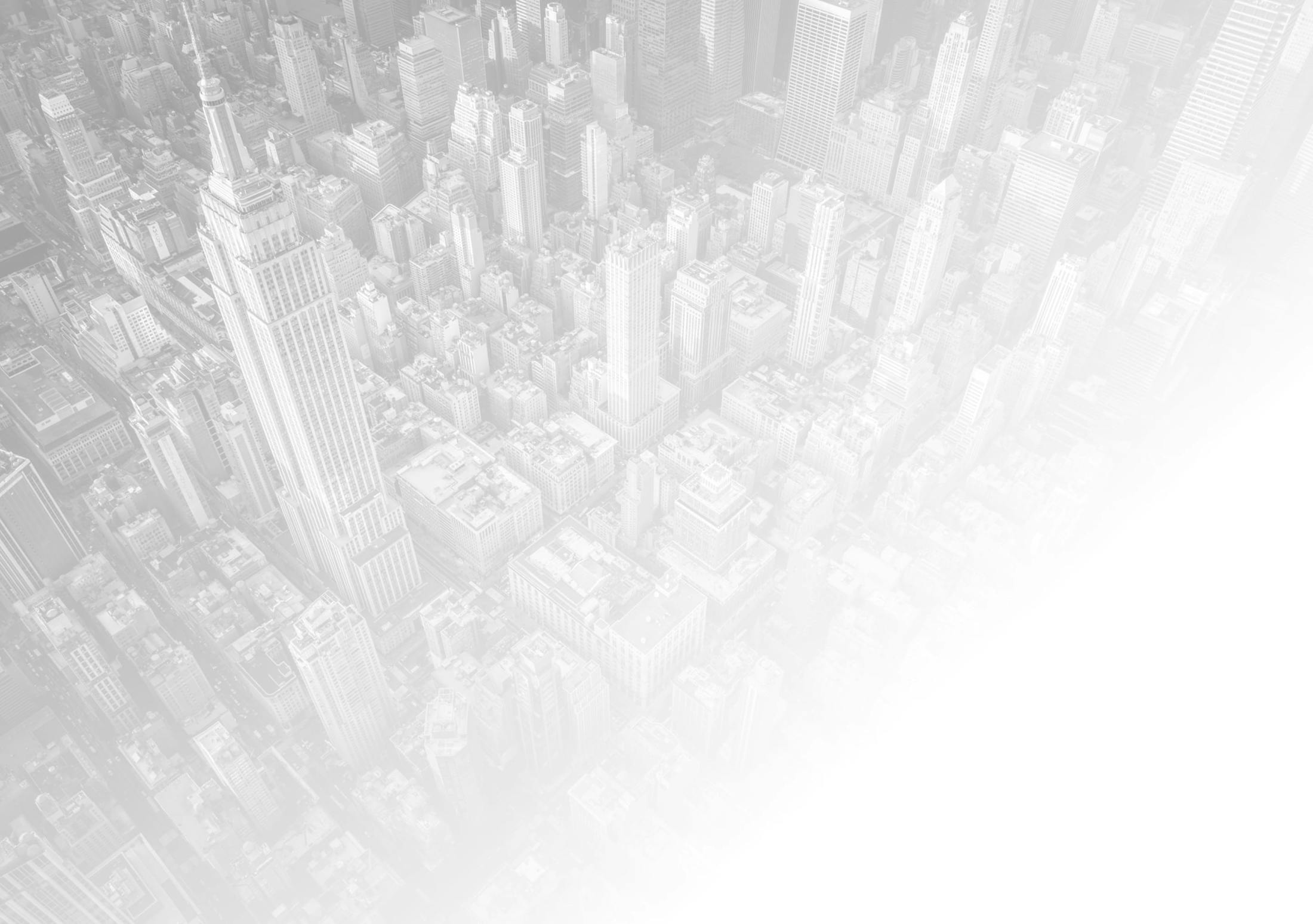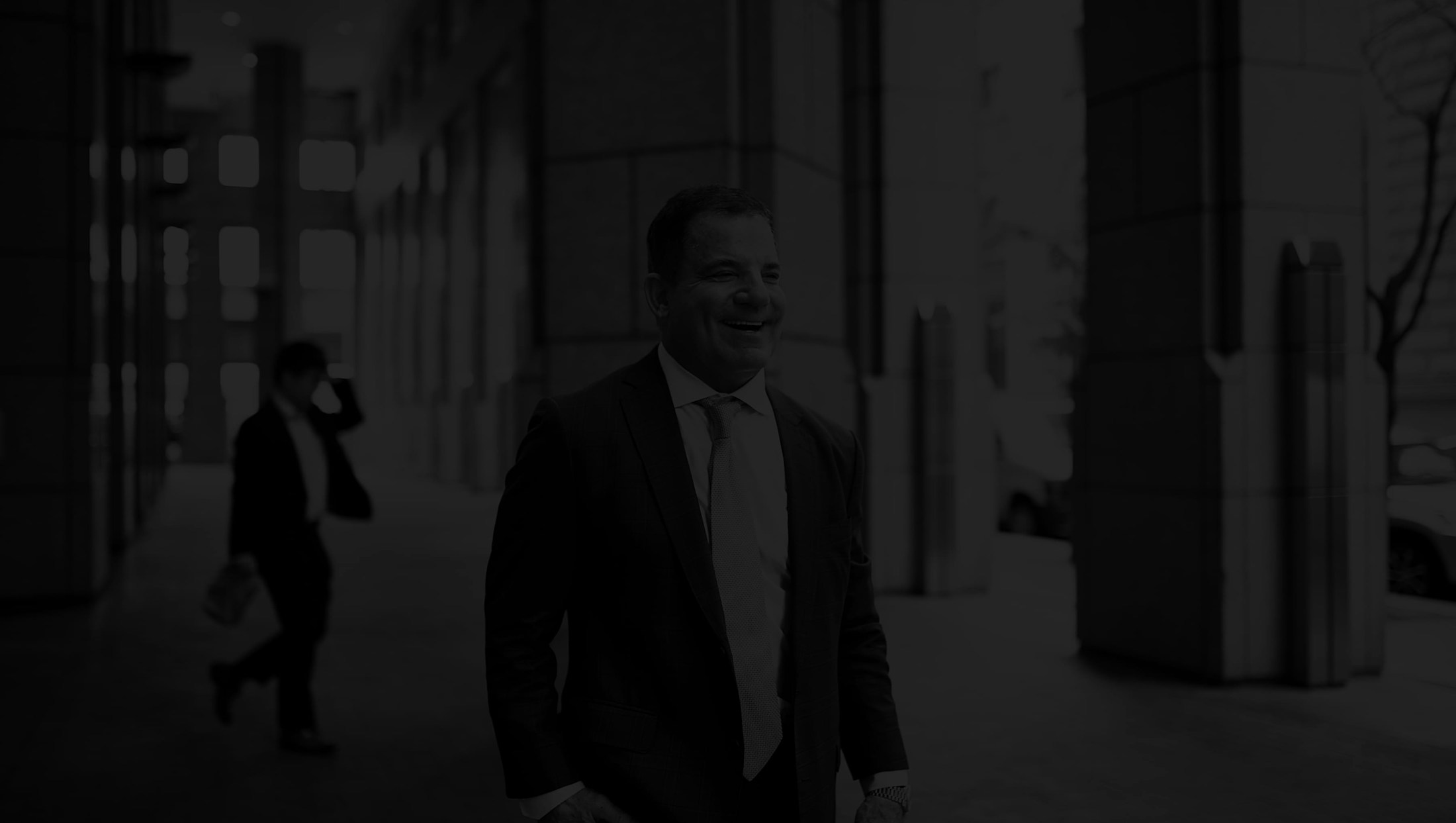Types of Visitors and How Liability is Determined in Each Case in Electrocution Premises Liability Claims in NY
In New York premises liability law, the duty of care a property owner owes to an individual injured on their premises depends heavily on the visitor’s legal status at the time of the incident. The law classifies visitors into three main categories: invitees, licensees, and trespassers. Each category receives a different level of legal protection.
Invitees
Invitees are individuals who enter a property for the mutual benefit of both parties, typically for business purposes. This includes customers in a store, maintenance personnel, or contractors working on-site. Property owners owe invitees the highest duty of care.
This includes not only warning of known dangers but also conducting reasonable inspections to discover hidden hazards and remedying them in a timely manner. Failure to identify and fix unsafe conditions, such as exposed electrical wiring or malfunctioning circuit boxes can result in liability if an electrocution injury occurs.
Trespassers
Trespassers typically receive the least protection under New York law. A property owner does not owe a duty to make the premises safe for trespassers, but they cannot engage in willful or wanton misconduct. If the owner is grossly negligent or creates a trap, they may be held liable.
Under the attractive nuisance doctrine, if the trespasser is a child lured onto the property by something inherently dangerous yet appealing (like an exposed transformer box) the property owner may be liable for injuries, even if the child entered without permission.
Licensees
Licensees are individuals who enter the premises for non-commercial, often social purposes, such as houseguests. While the duty of care is lower than that owed to invitees, property owners must still warn licensees about any known dangers that are not readily apparent. For example, if a backyard lighting system has faulty wiring, the owner must inform the guest or risk being held liable for an injury.






